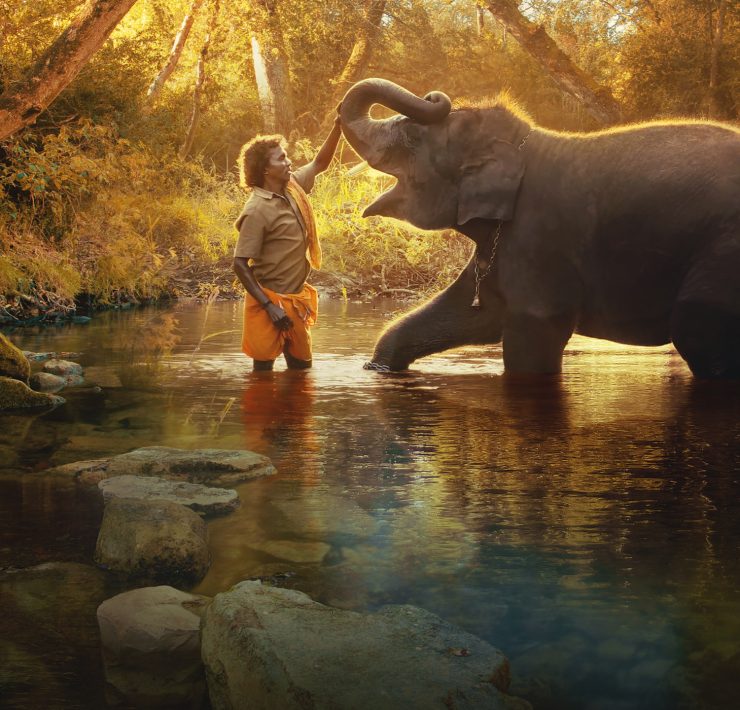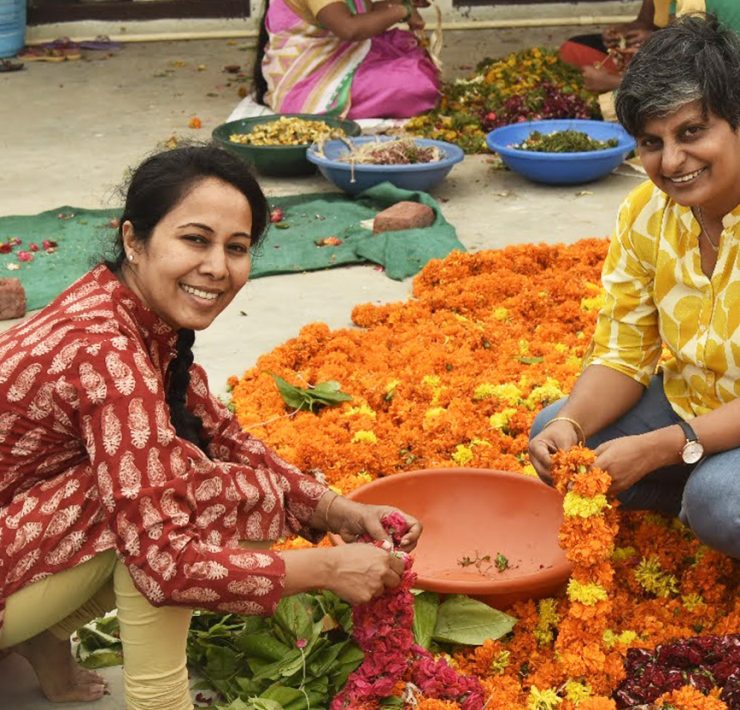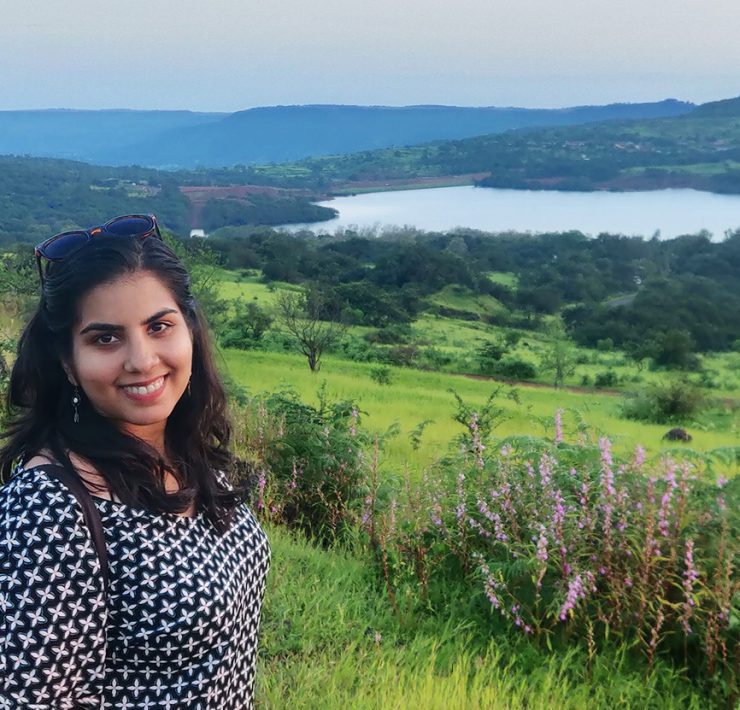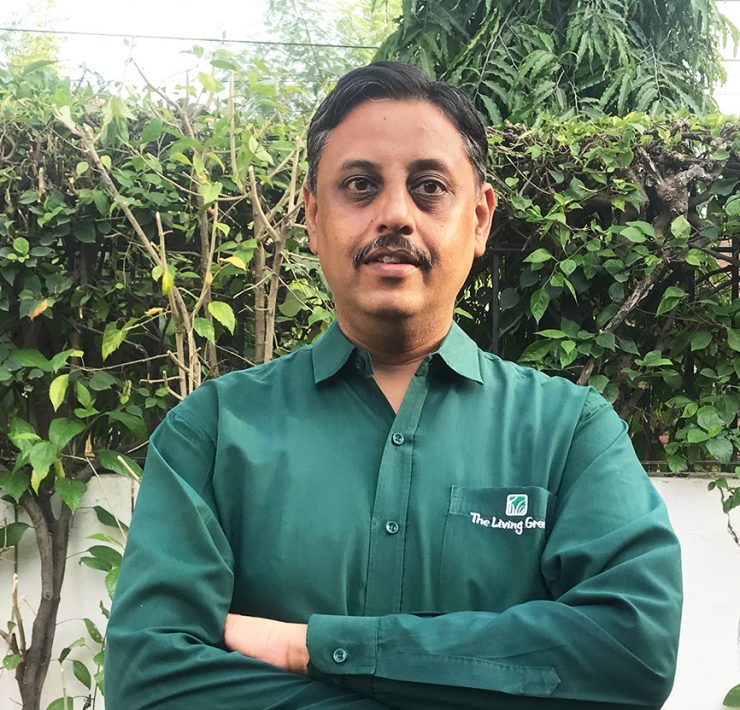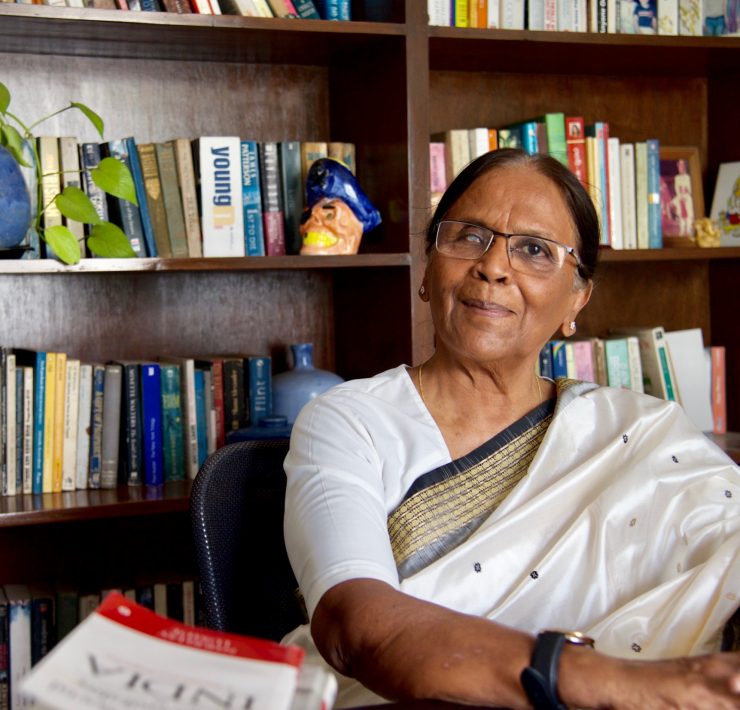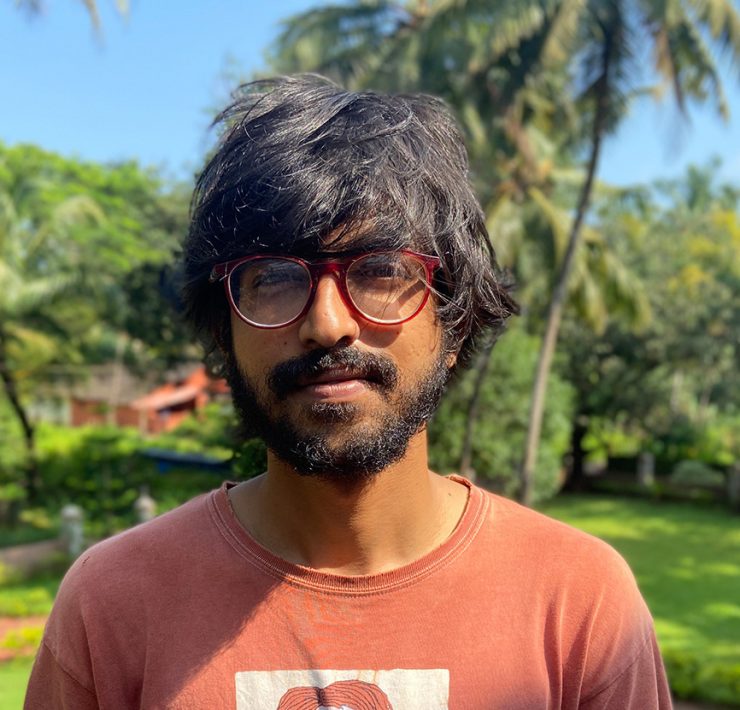Tribal activist Archana Soreng is India’s new hope for a greener world
- The 24-year-old from Odisha, who has just been appointed to a new UN youth advisory panel, talks about how Adivasi and forest-dwelling communities are in the best position to lead the fight against climate change.
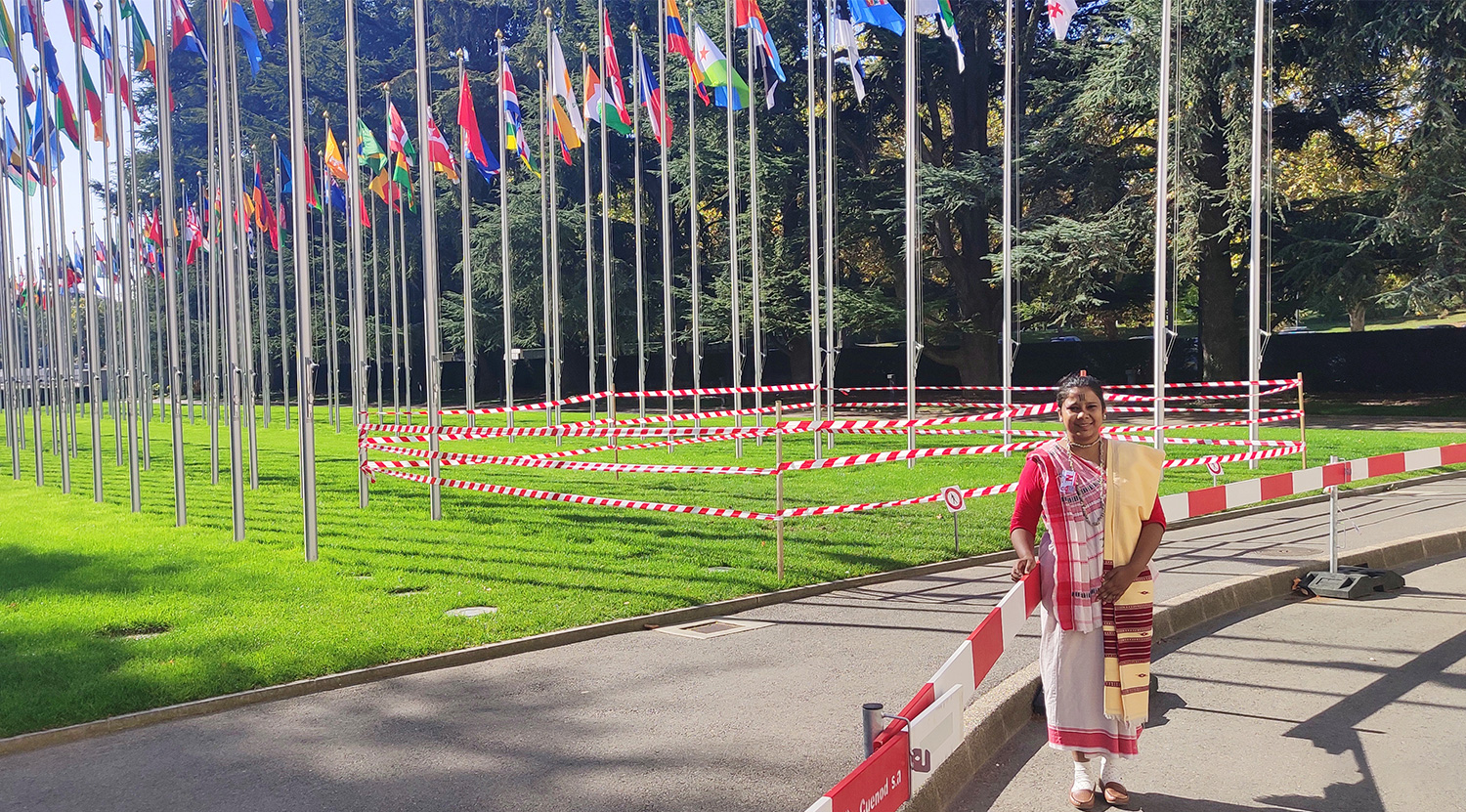
Suchitra is an independent journalist working on social justice with…
Recently, Indian publications were abuzz with the news of a young tribal woman from Odisha being appointed to a UN youth advisory group that will provide solutions to combat the climate crisis. The woman in question is 24-year-old Archana Soreng, for whom environmental justice runs in the blood. A member of the Khadia tribe, her family has been fighting for the forest and land rights of Adivasis in Odisha’s Sundargarh district for generations.
With a master’s degree in Regulatory Governance from Tata Institute of Social Sciences (TISS), Soreng has in the past been the National Convenor of Tribal Commission at Adivasi Yuva Chetna Manch, All India Catholic University Federation (AICUF). She is currently employed with Vasundhara, an action research and policy advocacy organisation in Odisha that focuses on natural resources governance, conservation, and sustainable livelihoods. There, she has been documenting indigenous forest protection practices, the role women play in the movement, and on safeguarding the rights of Adivasis and forest-dwelling communities.
Now, she will join six other young climate activists from around the world as part of the advisory panel, where she hopes to highlight and actively implement ancient indigenous conservation practices.
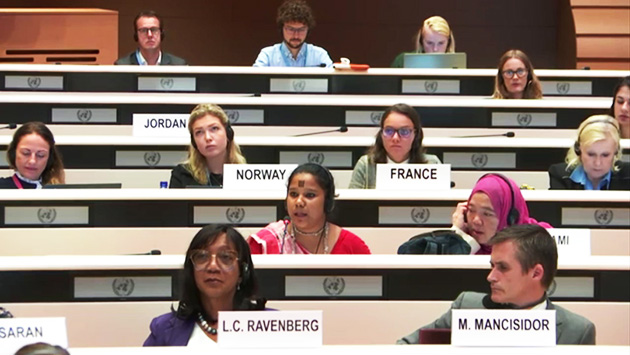
In an interview with Ethico, Soreng talks about her work thus far, and what the future holds.
How does it feel to be named by United Nations Secretary-General Antonio Guterres to his new advisory panel?
I am happy and grateful. This means a lot to tribal communities like mine. Environmental justice is integral to Adivasi life — it is a part of our identity and has been for centuries. Tribal communities are very often so intertwined with nature that even our family names are representative of it. Kerketta, for instance, means bird; Kullu is tortoise; Biloom is salt; and my surname, Soreng, means rock. A person’s name is their identity, while we consider nature as ours. Getting recognition as part of this prestigious group will help us put forth our perspectives and make our voices heard.
What is the group going to work on? And what role will you play?
The youth advisory is going to work on how to collectively engage with young people to combat the climate crisis. It will be our responsibility to act as the medium that amplifies what the youth have been doing. I will reach out to them and learn from them, and together we will put forward a collective perspective. I want to start conversations at the school and university levels, at the district and regional levels.
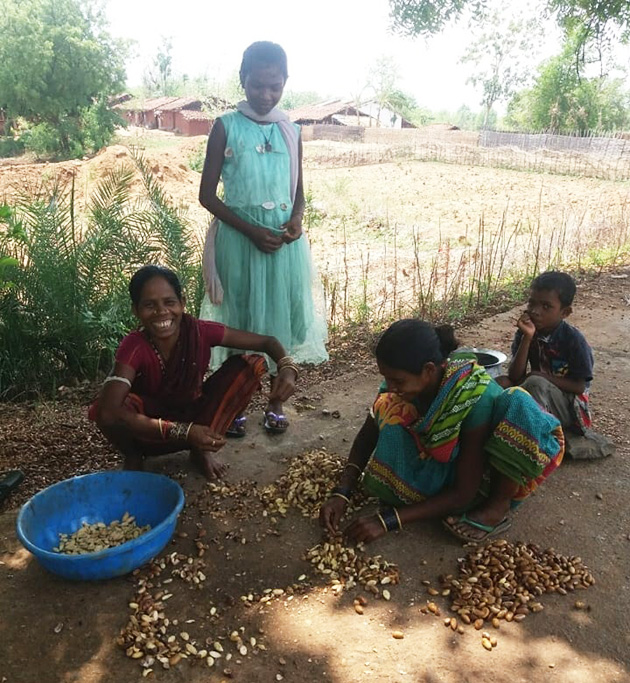
Being a tribal woman, what do you see environmental justice as?
I think the way in which men and women perceive forests is very different. You can see that in the smallest of activities. For instance, you should watch how a tribal woman plucks a mahua flower — it is with the utmost love and grace. In Odisha’s Nayagarh district, it is the women who patrol their forests through the night. And it is these same women who are out in the summers with sickles to get rid of all the dried leaves, because they know that is what causes forest fires. Women treat forests like their children, and over time, forest protection has been made possible primarily because of the kind of labour put in by the women. If you dissect the work that indigenous people do, tribal women play a more active, direct and quantitatively larger role. I feel like we now need to be more actively represented in the decision-making process.
How did you get into the environmental justice movement? Is it something you always envisioned yourself doing?
My family has been engaged in forest protection for three generations. My grandparents started community engagement with the Panchayats at the local level to ensure constitutional safeguards were enabled for the tribal populace. Meanwhile, my father was the principal of Gangpur College of Social Work, and a practitioner of indigenous healthcare, and a community leader.
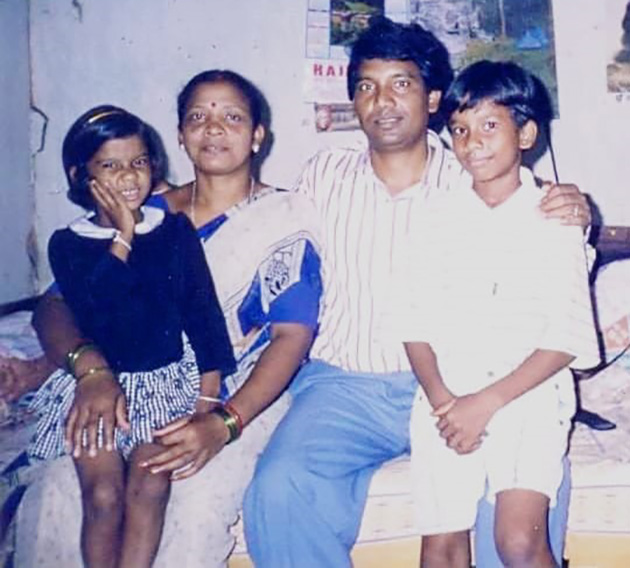
After my father passed away in 2017, I realised that all the traditional knowledge that he had was lost, as it hadn’t been documented. All the material I was learning about environmental regulation was written by others. Why were we not documenting our knowledge and experiences? Why were we not directly engaged as stakeholders considering our communities have been sustainable for the longest time? I realised that unless our youth take part in this process, we will not be able to influence policy.
So, to answer your question, it is my own lived experience, my exposure with a youth advocacy group, my education in this domain, and my field and research work that has pushed me to enter this domain and continue the legacy of my indigenous ancestors.
What do you wish would happen differently in the current fight against climate change?
A lot more effort is needed to bring the idea of indigenous populations combating climate change into the mainstream. The indigenous youth needs to actively go back to their communities to learn from them, to record their ways, and to highlight the role of indigenous communities in combating the climate crisis.
Indigenous people are usually excluded from the environmental justice fight, even though they are impacted the most by climate change. How can the community be included in this fight, not just as bystanders, but as leaders?
I feel that the very first step is to accept that indigenous people have answers. Once you have accepted it, you need to document it. Then, in order to help them continue what they have been doing, you need to ensure the security of their livelihood, and forest and land rights. Finally, you need to enable youth participation in Adivasi and forest-dwelling communities.
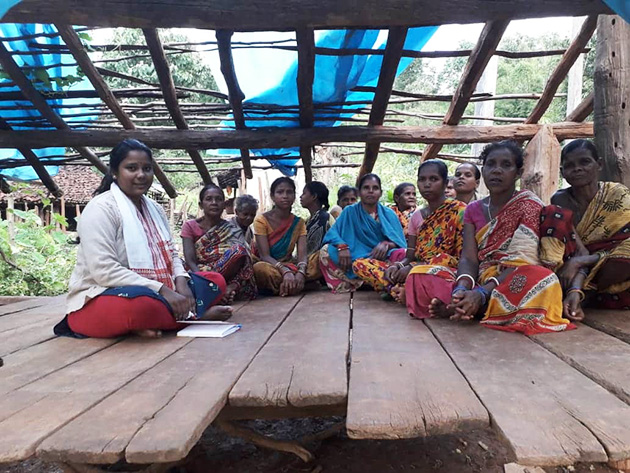
Sustainable development is not something successive governments have focused on. What is your view on the subject and what can you tell us about the indigenous way of going about it?
Tribal women have unknowingly been contributing to the achievement of the fifth, eighth, and twelfth Sustainable Development Goals of Gender Equality, Decent Work and Economic Growth, and Responsible Consumption and Production respectively.We use siali leaves to make plates, some for our consumption and some to sell. These plates, post usage, are either consumed by our livestock or composted. This is waste management at its best. We pluck leaves in a sustainable way, derive an income and simultaneously manage waste.
People don’t even realise they are in a vicious circle when they attend parties and use a thousand thermocol plates. This is your land, your life — why wouldn’t you want to save it? Governments have not told people how important this is. Covid-19 has taught us Adivasis that our forest and land is everything. So many migrants from our villages were suffering, but at least we had our forests to feed us, and to take care of us.
What can the urban populace do to be better allies to indigenous tribes in this fight?
The first and most important thing is to recognise that indigenous tribes have solutions to climate change. The second is to enable active and meaningful participation of indigenous people in the climate action discourse, and provide them with opportunities to share their perspectives and stories. The third thing is to adopt the traditional conservation knowledge and practices of indigenous communities in their day-to-day urban lives.
Do you have a favourite song? Which one is it, and why?
It’s a Khadia song called Kheri Odo: Prakriti, which shows how the agricultural practices of tribes are intertwined with nature, with different animals contributing to the farming process.
Some of the lyrics to the song go like this:
“Garha Dhoda Ankal Te, Rai Chuni Baa: Re
(Rai Chuni Baa: re Sailo Soire) *2
Khankada Re Ankal Si Te Re
Dhamana Re Pata Tarte
Dundlu Re Bihda TerTe Re
Bakula re Rowa Onte Re
Gudnu Re Jhumer Kuichta”
This translates to:
Up and down the paddy field, there is paddy swaying with the wind
The crab ploughs the field, while the rat snake levels it
The small frog hops around doing inter-cultivation, while the crane transplants the paddy seedlings
The tiny fish dance around in the water-filled field
I think this song is a beautiful expression of the symbiotic relationship that our tribes share with nature.
Image Courtesy: Archana Soreng
Suchitra is an independent journalist working on social justice with a specific focus on gender justice. Reading, smashing gender norms and stationery gets her very excited!

